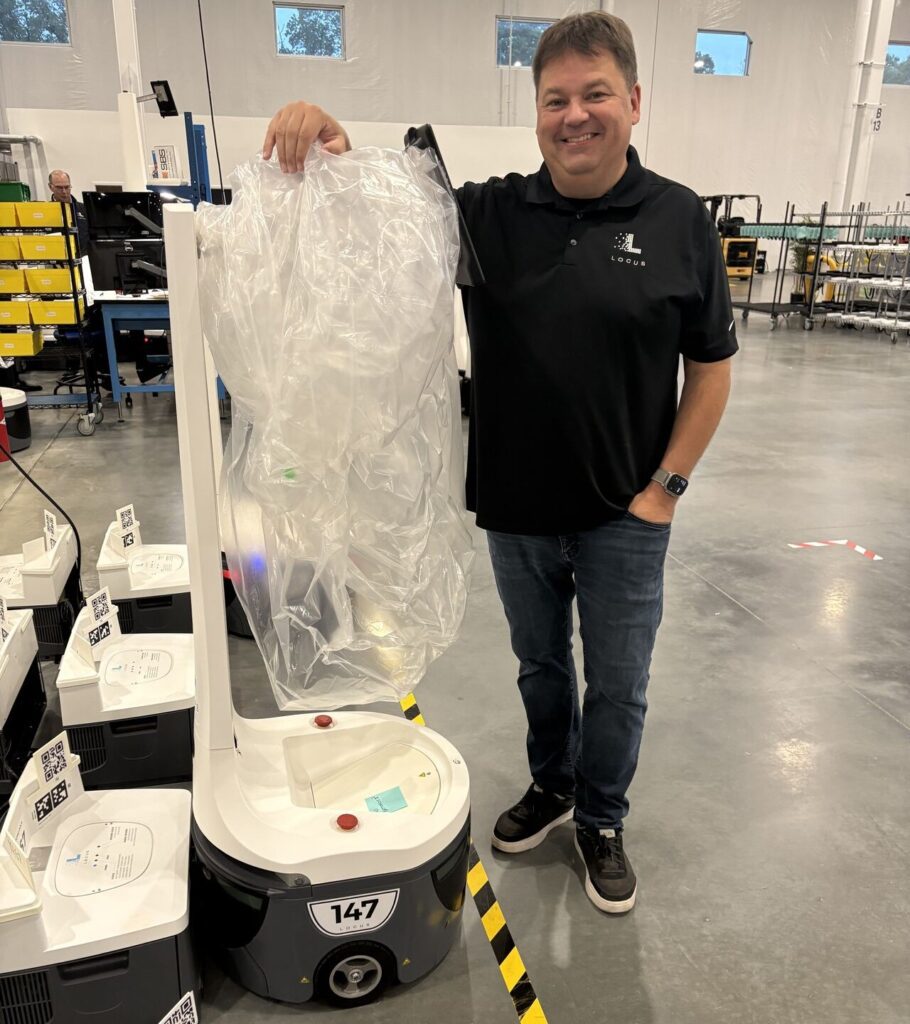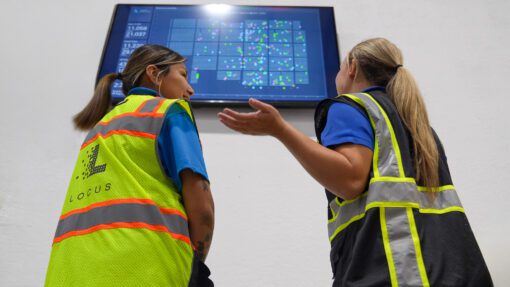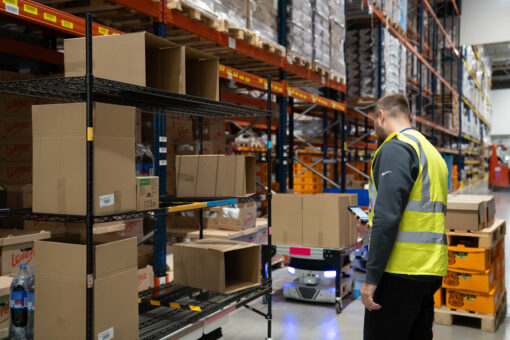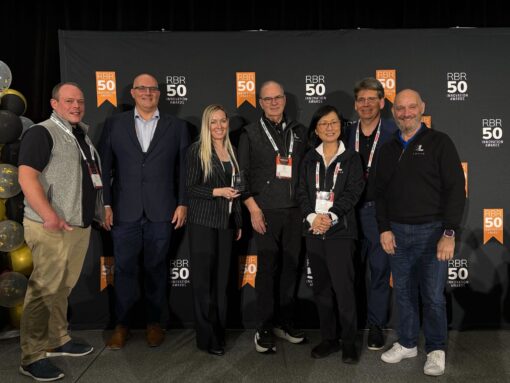WP: How to achieve 400 UPH with Locus Fast Pick
WP: How to achieve 400 UPH with Locus Fast Pick Download Now!
The Hidden ROI of RaaS: Robots That Deliver Increasing Value Over Time
Gina Chung, VP of Corporate Development

When most companies think about technology investments, they picture a cycle of buying, using, and eventually replacing equipment. In warehouse automation, that used to mean major capital outlays every few years followed by another round when hardware reached obsolescence.
But the Robots-as-a-Service (RaaS) model changes that equation entirely. Instead of robots that depreciate the moment they hit the floor, RaaS turns automation into a living, evolving system that actually appreciates in value over time.
At Locus Robotics, this model isn’t just about financing automation differently. It’s about ensuring that every customer’s automation investment becomes smarter, faster, and more capable with each passing year.
Longevity That Compounds Value
In traditional warehouse automation models, hardware value declines the moment it’s deployed, but with RaaS, the opposite happens.
Locus Robots are built to operate continuously — when components age or need replacement, they’re returned to our U.S. or European headquarters for refurbishment before being re-deployed at no additional cost to the customer. In addition, the robots are continuously refreshed with over-the-air (OTA) software and AI updates that enhance navigation, throughput, and workflow intelligence.
That means a Locus Robot you deploy today will only become more capable tomorrow. The hardware remains in service, while the software evolves to meet new demands from replenishment and returns to cycle counting and beyond.
This approach doesn’t just stretch the lifespan of assets; it delivers continuous ROI through sustained performance and innovation.
Side story: I was walking the floor with our CTO Sean Johnson a few months ago and we spotted Robot #147 at our refurb operations. We built this robot back in 2016!
Back in 2016, Robot #147 could handle simple picking operations. Today, thanks to the OTA software and AI updates we continuously deploy across our fleet of robots, Locus Origin #147 can handle nearly every picking methodology, along with putaway, returns, replenishment, and inventory counting and more, all while operating seamlessly alongside hundreds of other robots.
Continuous Improvement Through Connected Intelligence
Every Locus Robot operates as part of a connected fleet, and every fleet benefits from collective learning. OTA software updates improve the entire network of more than 16,000 robots worldwide.
Recently, we’ve been piloting AI-driven system-directed labor capabilities in the form of software that intelligently coordinates human and robotic activity in real time to maximize efficiency. With OTA updates, that functionality can eventually be rolled out to every customer with no downtime required.
The beauty of RaaS is that you don’t have to buy new robots to benefit from breakthroughs like this. The same hardware keeps getting smarter, so your warehouse automation investment evolves alongside your business.
Financial Flexibility Without Compromise
Most warehouses don’t have the appetite or budget for multimillion-dollar capital expenditures. RaaS eliminates that barrier by replacing large, upfront CapEx with a predictable monthly operating expense and minimal deployment costs.
Each monthly subscription covers everything, including hardware, software, AI updates, maintenance, and 24/7 support. This structure gives warehouses the flexibility to scale up or down as business needs change, without locking up capital or risking underutilized assets.
In a volatile market, that flexibility isn’t just convenient — it’s a form of risk mitigation. Instead of betting on long-term volume forecasts that may never materialize, companies can scale their automation footprint dynamically, aligning cost with actual demand for faster adoption, lower risk, and a model that rewards agility.
Looking Ahead
Over the next decade, RaaS will continue to transform how warehouses approach automation. The combination of AI-driven insights, software innovation, and new form factors — like the upcoming Locus Array, which combines our proven autonomy with AI-based grasping, motion planning, and control for fully autonomous, zero-touch picking — will redefine what’s possible on the warehouse floor.
And because these advancements are delivered through the RaaS model, every Locus Robotics customer will benefit automatically.
A Smarter Way to Invest in Automation
Warehouse leaders evaluating automation today should rethink the old buy-and-replace mindset. In a world where technology evolves monthly and demand shifts daily, it’s no longer sustainable to treat automation as static hardware.
RaaS gives you a living, continuously improving solution that grows more valuable the longer you use it.
BIO:
As former Vice President of Innovation at DHL, Gina Chung brings over 10 years of international experience in the digital transformation of supply chain operations. With a dual competence in business and operations development, she launched DHL's most advanced Innovation Center located in Chicago. Here, she partnered with DHL's top 100 customers and startups to strategically evaluate and implement a broad range of automation technologies in post, parcel, forwarding and 3PL operations. She also led DHL's research series including the highly-regarded DHL Logistics Trend Radar publication. Hailing from New Zealand, Chung is a staunch advocate of using technology to improve the world around us.




